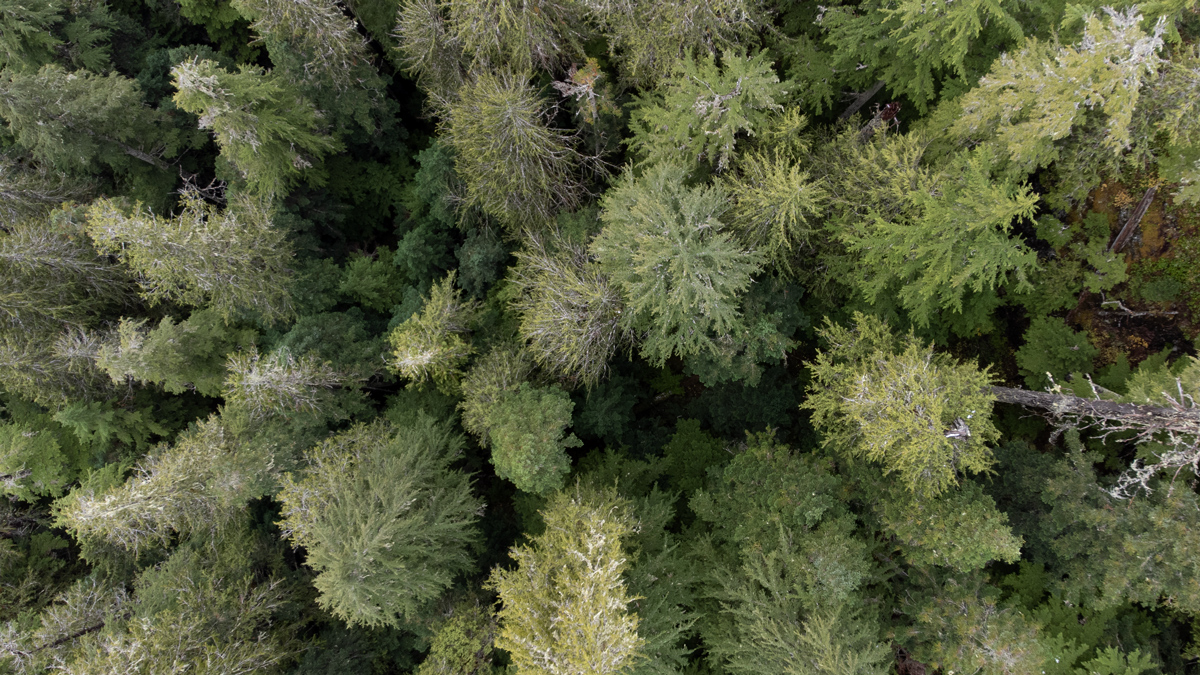The softwood lumber dispute with the US has exposed what’s really wrong with BC’s forestry model. It’s not about tariffs; it’s about a resource base that’s running out.
Until provincial policy shifts from extraction to stewardship, no trade office can save the industry.
The Province of British Columbia just opened a forest trade office in London, England to “diversify markets” and “protect jobs.” But here’s the problem: you can’t export what you don’t have.
In 2023, nearly 59% of BC’s forest exports went to the United States, 21% to China, and 9% to Japan. The United Kingdom? Less than one per cent. Even if BC tripled that share, it still wouldn’t make up the loss from the US market.
The coming crash
Why is the government celebrating a new overseas office while harvest levels crash and mills shut down across the province? Because the current forestry model rewards volume over value. Companies get tenure for how much they cut, not how well they manage the land.
The result is predictable: depleted forests, declining revenues, and growing flood and fire costs for taxpayers.
Despite decades of public concern, clearcutting continues, mills keep closing, and disasters linked to degraded watersheds keep getting worse.
What’s the best way to actually save forests in BC? There’s a better path forward, built by citizens who refuse to give up.
You can’t export what you don’t have.
The New Forest Act is a legislative blueprint written by British Columbians, for British Columbians, to protect nature, water, and local jobs – for good.
Let’s be honest: most of the actions people are encouraged to take don’t change laws or stop destructive practices. They raise awareness, but awareness alone doesn’t change the law. That’s why British Columbia keeps repeating the same cycle: cut, flood, burn, rebuild, repeat.
Rewrite the rules
The New Forest Act is built to replace the outdated forestry laws that created this mess in the first place. Instead of fighting one bad logging project at a time, it rewrites the rules for all of them.
The NFA starts with a simple but revolutionary premise: forests aren’t just “resources” – they’re life-support systems.
BC invests billions in bridges, roads, and dikes to keep communities safe. Forests perform those same functions naturally: they filter drinking water, prevent floods and landslides, store carbon, and moderate climate extremes. Yet right now, they’re given away to private companies as if they were disposable.
Despite decades of public concern, clearcutting continues
Under the NFA, forests are recognized in law as essential public infrastructure, and managed with the same seriousness as anything else that protects our lives and economy.
Instead of endless clearcuts, the NFA introduces a three-zone system: Protect – Restore – Harvest. Primary (unlogged) forests are permanently protected. No industrial logging, no roads. Degraded lands are healed through restoration work: road removal, replanting, and hydrology repair. Forests that have already been logged are managed carefully with selective, continuous-cover forestry – where ecosystems can handle it.
This is not “no logging.” It’s smart, selective, long-term forestry that keeps communities employed while safeguarding water, soil, and carbon.
Boundary Forest Watershed Stewardship Society is a grassroots citizens’ society advocating for sustainable forest practices across BC.
